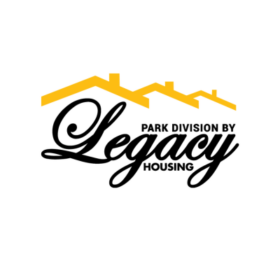As RV travel and outdoor living continue to gain popularity, diversifying your RV park with tiny homes can be an excellent way to attract a broader customer base and boost your revenue. Tiny homes not only complement the RV lifestyle but also appeal to a growing segment of travelers who want a more permanent, yet minimalist, accommodation option.
In this section, we’ll explore how adding tiny homes to your RV park can diversify your offerings, attract new guests, and increase profitability.
1. Why Add Tiny Homes to Your RV Park?
Expanding Your Audience:
While RV parks cater to travelers who own or rent recreational vehicles, tiny homes can bring in a new customer demographic:
- Non-RVers: Some travelers enjoy the outdoor experience but don’t own an RV. Tiny homes provide an ideal solution for those looking for a unique stay without having to invest in a vehicle.
- Long-Term Stays: Tiny homes are perfect for long-term guests, such as digital nomads, remote workers, or seasonal residents (like “snowbirds”). These homes provide a stable, semi-permanent living space that can generate steady, recurring income.
- Eco-Conscious Guests: Tiny homes are often designed with sustainability in mind, which appeals to eco-conscious travelers who want to minimize their environmental footprint.
- Millennials and Gen Z: Younger generations, drawn to minimalist living and unique travel experiences, are increasingly choosing tiny homes over traditional accommodations.
Diversifying Your Revenue Streams:
Adding tiny homes gives you a new product to rent, expanding your revenue sources. Instead of relying solely on RV site fees, you can generate income from tiny home rentals, which often command a higher nightly or monthly rate than standard RV sites.
Lower Cost Alternative to Cabins:
Tiny homes are generally more affordable to build and install compared to traditional cabins. They require less space, fewer materials, and lower maintenance costs while still providing a comfortable and appealing stay for guests.
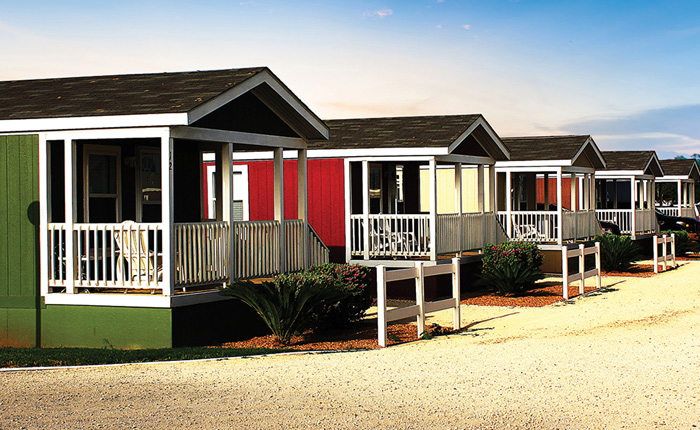
2. How to Integrate Tiny Homes into Your RV Park
Step 1: Choose the Right Tiny Home Models
Not all tiny homes are the same, and the models you choose will depend on your target audience and budget. When selecting tiny homes for your park, consider:
- Size and Layout: Opt for models that are compact but functional, typically between 200-400 square feet. The layout should include essential amenities such as a kitchen, bathroom, sleeping area, and living space.
- Energy Efficiency: Many tiny homes come equipped with energy-efficient systems like solar panels, rainwater collection, and composting toilets. These features can appeal to eco-conscious guests and reduce your utility costs.
- Design Aesthetics: Choose designs that complement the natural surroundings of your RV park. Rustic, modern, or cabin-style tiny homes can enhance the overall ambiance of your park and attract guests seeking a specific aesthetic.
- Durability and Weather Resistance: Since the homes will be stationary, ensure they are built to withstand local weather conditions, including snow, wind, or heat.
Step 2: Designate Tiny Home Spaces
To smoothly integrate tiny homes into your RV park:
- Dedicated Tiny Home Area: Create a separate section of the park specifically for tiny homes to maintain a clear division between RV sites and fixed accommodations. This also allows you to create a cohesive tiny home village.
- Shared Amenities: Leverage existing park amenities like laundry facilities, recreation areas, and bathrooms. Offering tiny home guests access to these facilities adds value to their stay.
- Landscaping and Privacy: Add landscaping, trees, or fencing around tiny home spaces to give guests a sense of privacy and separation from the RV sections. Adding decks or patios to tiny homes can also enhance the guest experience.
Step 3: Compliance and Zoning
Before installing tiny homes, check local zoning laws and regulations. Tiny homes can be classified as permanent structures or temporary dwellings, depending on local laws. Some key considerations include:
- Zoning Regulations: Ensure your land is zoned for tiny homes or mixed-use accommodation. You may need to apply for zoning adjustments or conditional use permits if the land is only zoned for RVs.
- Utility Connections: Tiny homes need access to utilities like water, electricity, and sewage. Fortunately, your existing RV park infrastructure may be adaptable for tiny home hookups with minor adjustments.
- Building Codes: Tiny homes may need to meet specific building codes, particularly if you’re offering them as long-term rentals. Ensure your homes are compliant with local standards for safety and habitability.
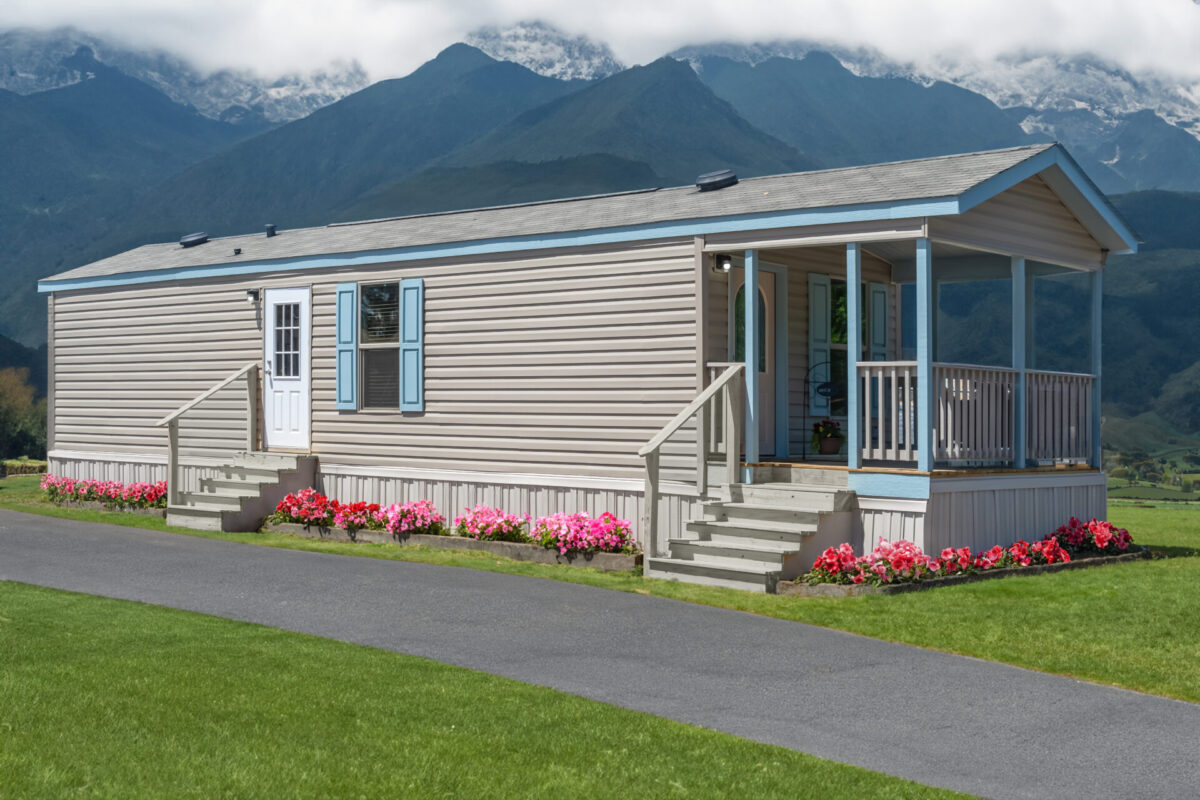
3. Marketing Tiny Homes to Attract New Guests
Leverage the Tiny Home Trend:
Tiny homes have become a travel trend in their own right, with numerous guests seeking out unique, small-space living experiences. Use this to your advantage by marketing your tiny homes as a “tiny house vacation” or “glamping” experience. Highlight the minimalist, eco-friendly, and charming aspects of tiny homes in your promotional material.
Target Specific Demographics:
- Digital Nomads and Remote Workers: Highlight the peace and quiet, reliable Wi-Fi, and scenic surroundings that your park offers. Tiny homes provide the perfect balance between comfort and adventure for this demographic.
- Eco-Conscious Travelers: Promote the sustainable features of your tiny homes, such as energy efficiency, solar power, or the use of eco-friendly building materials. Emphasize the lower carbon footprint of staying in a tiny home compared to other accommodations.
- Couples and Solo Travelers: Tiny homes are often a better fit for small groups, couples, or solo travelers. Market your tiny homes as romantic getaways, retreats, or solo escapes into nature.
Optimize Online Listings:
Make sure your tiny homes are prominently featured on your website and third-party rental platforms like Airbnb, Hipcamp, and Glamping Hub. Include professional photos, detailed descriptions of the amenities, and guest testimonials to boost bookings.

4. Pricing and Profitability: Tiny Homes vs. RV Sites
Higher Nightly Rates:
Tiny homes generally command higher nightly rates than RV sites. While RV sites may average $40-$60 per night, tiny homes can easily fetch $100-$200+ per night, depending on the location and amenities. This increase in revenue can significantly boost your park’s overall profitability.
Long-Term Rentals:
For guests who want a more extended stay, tiny homes can be rented on a weekly or monthly basis, offering a stable, long-term revenue stream. Monthly rates for tiny homes can range from $1,000 to $2,500, depending on your location and the demand for long-term stays.
Lower Maintenance Costs:
While tiny homes require maintenance, they are often less resource-intensive than traditional cabins. They are smaller, more energy-efficient, and require less landscaping. Over time, the cost of maintaining tiny homes is generally lower than other types of fixed accommodations.
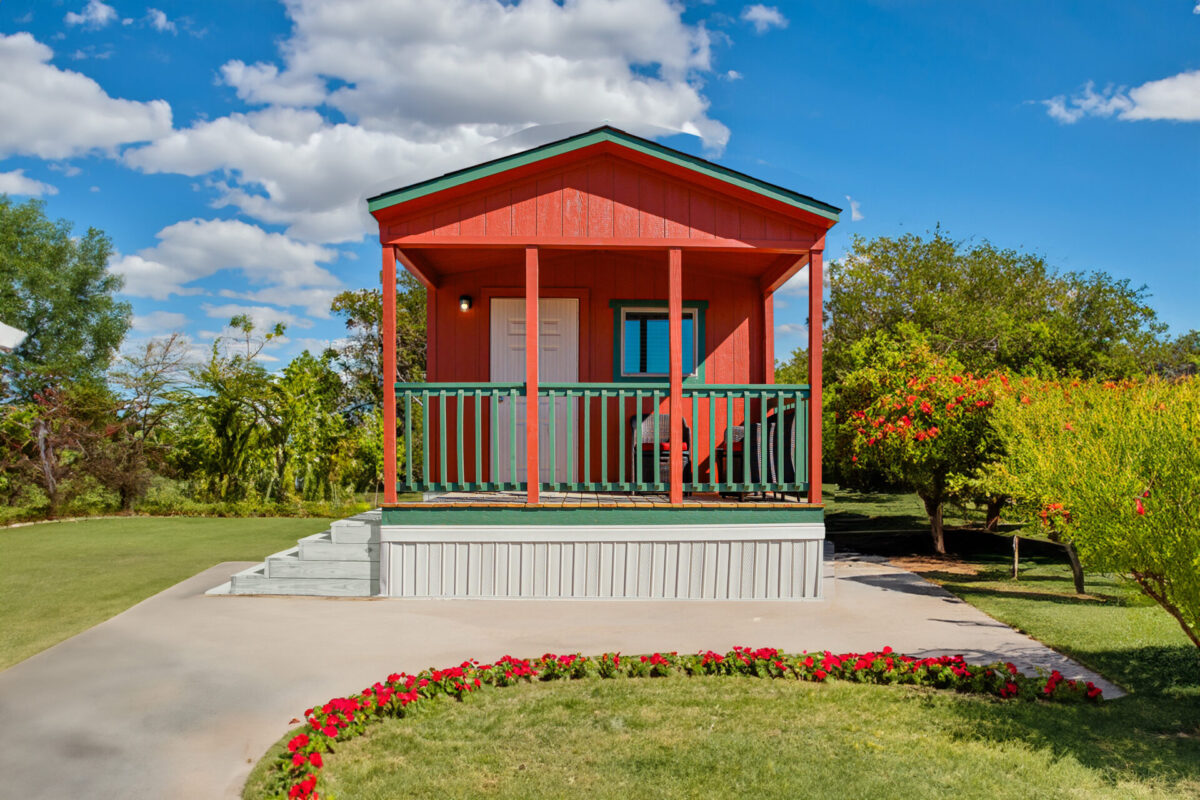
5. Key Benefits of Adding Tiny Homes to Your RV Park
- Increased Revenue Potential: Tiny homes diversify your offerings, attracting new guests who are willing to pay higher nightly or long-term rates for a more luxurious or permanent accommodation experience.
- Attract a New Demographic: By offering tiny homes, you can appeal to non-RVers, digital nomads, couples, and eco-conscious travelers who want a unique stay but don’t own an RV.
- Year-Round Occupancy: Tiny homes are perfect for long-term rentals, especially during off-seasons when RV traffic slows down. They offer year-round potential, even in locations with colder climates, as guests can use them for long-term stays or temporary housing.
- Stand Out from Competitors: Not all RV parks offer tiny homes, so this can set you apart from competitors and give your park a unique selling point.
Partnering with Legacy Housing: A Smart Move for Your RV Park Business
One way to accelerate the success of incorporating tiny homes into your RV park is by partnering with a reputable and reliable manufacturer like Legacy Housing, one of America’s leading builders of affordable tiny homes and manufactured homes. Legacy Housing is known for producing functional, stylish, and durable homes that are perfect for RV parks, offering a range of models that appeal to different demographics. Their homes are designed to maximize space, comfort, and efficiency, making them an ideal fit for guests seeking an alternative to traditional RV accommodations.
By partnering with a manufacturer like Legacy Housing, you can benefit from their expertise in building affordable homes at scale, which can reduce your upfront costs for adding tiny homes to your park. Legacy’s best-selling community homes are highly adaptable and can be customized to meet the needs of your park, whether you’re looking for long-term rental units, vacation homes, or even affordable housing options for seasonal residents.
A partnership with a large, established manufacturer provides several key advantages:
- Quality and Reliability: Legacy Housing’s proven track record ensures that your tiny homes will meet high standards of construction and durability, minimizing maintenance and repair costs in the long run.
- Economies of Scale: By purchasing homes in bulk or collaborating on multiple units, you can benefit from discounted pricing, helping to increase your return on investment.
- Brand Association: Aligning your RV park with a leading brand like Legacy Housing enhances your park’s credibility and can attract more guests who value quality accommodations.
For a young(or experienced) entrepreneur, forming a strategic partnership with a major player in the tiny home industry is a smart move that allows you to offer top-notch products while keeping costs manageable. With Legacy Housing’s wide range of homes and flexible financing options, you’ll be able to create a unique offering in your park that appeals to a diverse range of guests, all while growing your business sustainably.
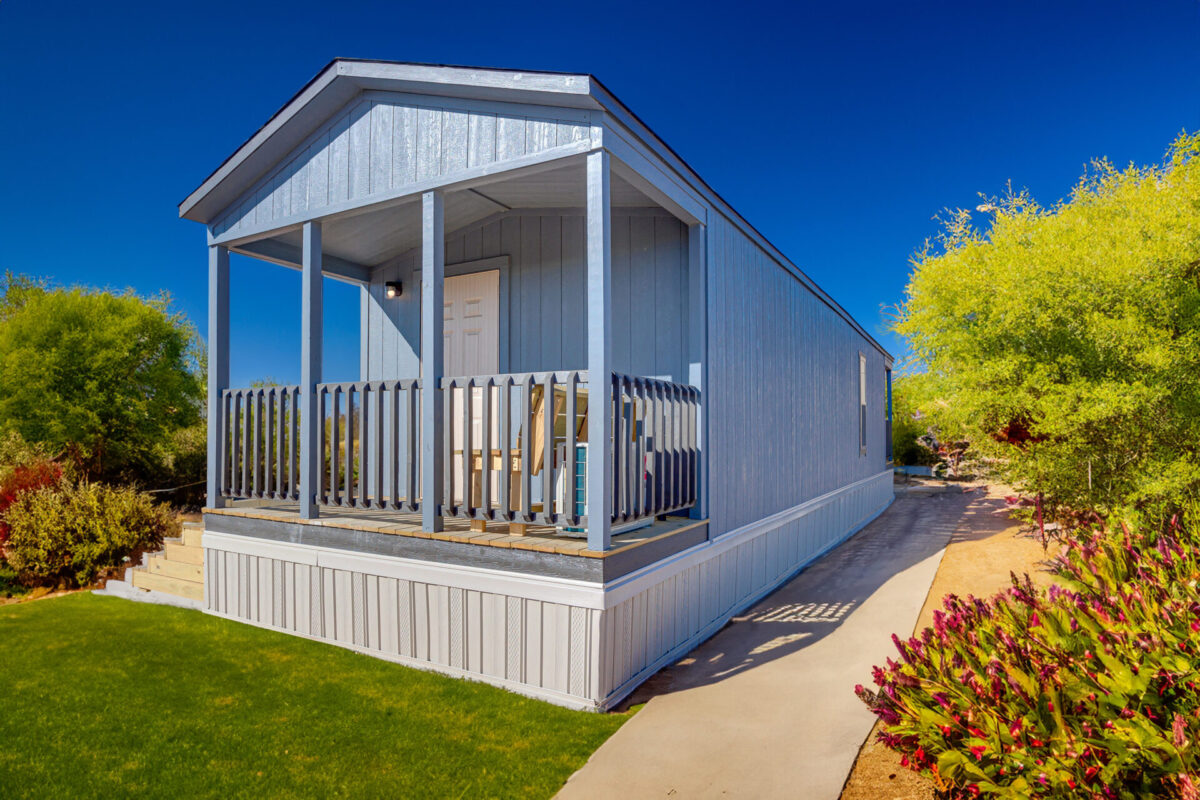
Conclusion: Tiny Homes as a Strategic Addition to Your RV Park
Incorporating tiny homes into your RV park is a smart, strategic move that can increase your park’s profitability and appeal to a broader range of guests. By offering this trendy, sustainable, and cozy form of accommodation, you can differentiate your park from the competition, attract new customers, and create a stable revenue stream that complements your existing RV business.
As a young entrepreneur looking to start or acquire an RV park, embracing the tiny home trend can be the perfect way to diversify your offerings, enhance guest satisfaction, and future-proof your business in a rapidly evolving market.
Now is the time to take action. Explore how tiny homes can fit into your business model and start transforming your RV park into a destination for travelers who want more than just a place to park their RV—they want an experience to remember!
Contact a Legacy Housing representative here!

